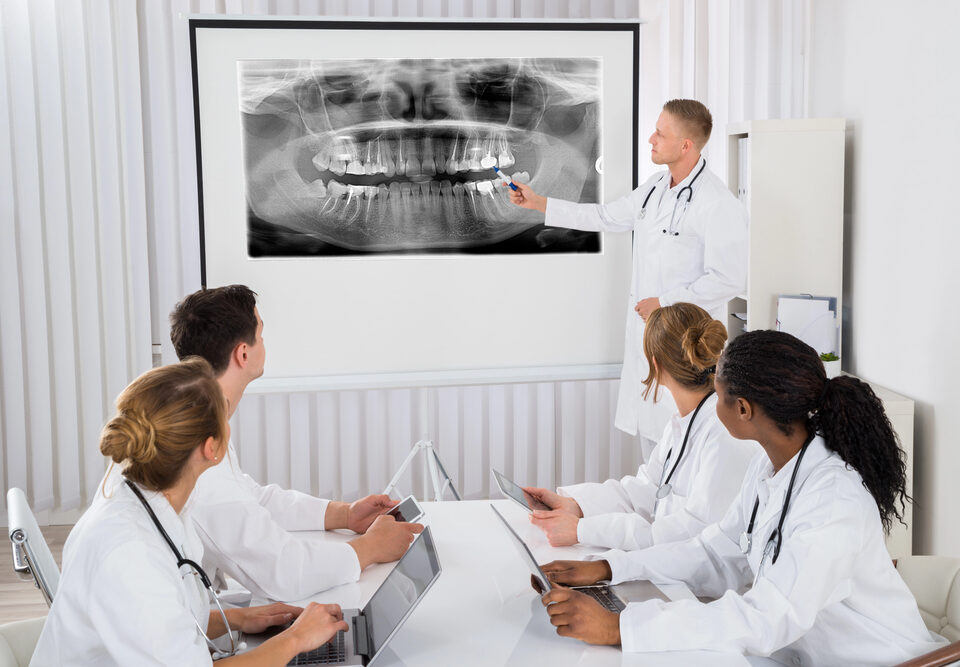Digital x rays are the future for dental offices. What offices should know about transitioning from analog to digital x ray sensors.
For some unidentified reason, my wife and I have gotten hooked on all those real estate reality shows on HGTV. One of these shows, "Property Virgins," features first-time homebuyers. They would try to decide if they want to own a home and, if so, what they should buy. Watching this show feels a bit familiar to me. Simply because a few short months ago you could have called me a Digital X-Ray Virgin.
For the last 13 years, I have shared a 12-operatory building and an old x-ray processor with two other Digital X-Ray Virgins. We all thought we were doing pretty well with our film and our chemicals and our temperamental x-ray processor. I am now happy to report that my partners and I made our decision. And we now immensely enjoy the wonderful world of digital imaging.
Switching to Digital X Ray
So why did I wait so long to go digital with my x-rays? I’ve asked myself this question many times. Because I have enjoyed this technology so much since adding it to my practice last August.
But as I think about it, I had several reasons that kept me from pulling the plug on my old x-ray processor. Some of the major concerns were:
The sensors I had tried didn’t seem to be as diagnostic as film x rays. And I figured I would just wait for the technology to improve;
I also was hoping costs would come down over time. And I was concerned I would need better computers with more data storage and additional monitors. This would mean an even larger price to implement digital x-rays.
Transitioning from x ray film
My patients, who were used to film x-rays, might not like those bulky sensors.
Another roadblock was that my aforementioned partners—with whom I shared a darkroom and x-ray film processors. They weren’t ready to make the move yet either. The list seemed to go on and on.
To read more about this subject, visit Dental Econimics.






